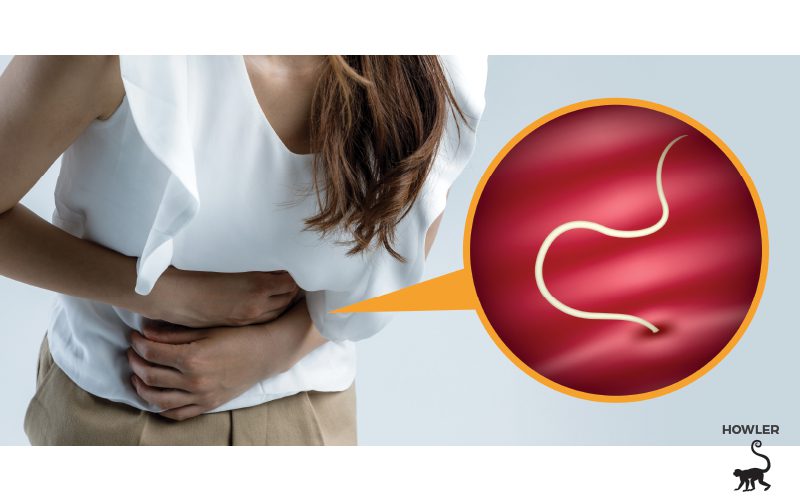
The Doctor Is In: Intestinal Parasites Invisible Troublemakers
The Doctor Is In: Intestinal Parasites Invisible Troublemakers. The risk of contracting an intestinal parasite infection is present in both urban and rural areas of Costa Rica. Although the associated illnesses are seldom fatal, they can mask other diseases when travelers return home. As general physicians in your community may be unfamiliar with symptoms related to intestinal parasites, it is important to tell them that you have traveled to a foreign country where the risk of exposure exists.
Parasitic worms, also known as helminths, are soil-transmitted organisms that can live and replicate in your gastrointestinal (GI) system. Human contact occurs through the fecal-oral route as a result of poor sanitary practices. Children are particularly susceptible to intestinal parasites because they tend to play in and eat dirt.
Travelers can get ill when worm eggs are ingested by:
eating raw, unwashed, or improperly handled fruits and vegetables
drinking contaminated water or beverages
touching the mouth with dirty hands or through improper hand washing
practicing poor body hygiene
The three most common parasitic infections affecting travelers are described below. In any of these instances, people with slight infestations and a healthy immune system may not exhibit any symptoms. Treatments for all intestinal parasites are individualized, using prescribed medications known as anthelmintics.
Ascariasis (roundworm)
Symptoms start with a persistent cough, wheezing and shortness of breath within one week of exposure, as a result of larvae migrating to the lungs and throat. The second set of symptoms include abdominal pain, nausea, vomiting, diarrhea, bloody or worm in stools, fatigue and weight loss. These later symptoms might appear a few weeks following infection, or up to three months later, as the roundworms become adults and the females lay eggs which are shed through feces. The roundworm parasite can live in humans for up to two years.
Tre
Hookworms
This parasite is commonly found in many tropical and sub-tropical areas. An initial symptom may be a skin rash where larvae penetrate the skin. Abdominal pain, diarrhea, loss of appetite, weight loss and fatigue can occur as the migrated larvae grow into adults and mate in the gastrointestinal system. The eggs produced by the females are shed through feces.
Note that the ancylostoma duodenale hookworm can also be acquired by ingesting soil or sand through dirty hands or unwashed fruits and vegetables. A typical sign of this infection is anemia (iron deficiency).
Trichuriasis (whipworm)
This infection in humans is caused by the trichuris trichuria whipworm. It occurs worldwide, especially in areas with lack of proper sewage disposal. Those exhibiting symptoms have diarrhea containing blood, mucus and water. This is a result of swallowed eggs hatching in the caecum (pouch-like area of the large intestine) followed by the larvae migrating to the lining of the colon to grow into adulthood and mate. The eggs produced by the females are shed through feces.
Severe cases include abdominal pain, chronic diarrhea, and rectal prolapse. Whipworms can live in humans for years.
